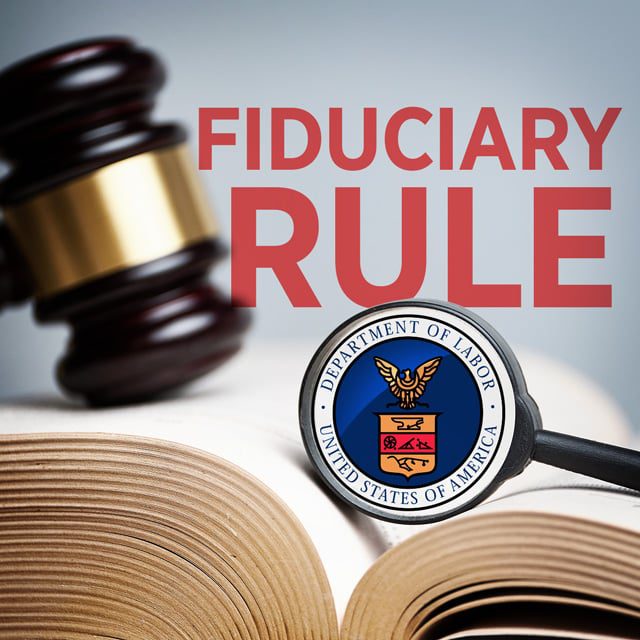Fee Savings From DOL Fiduciary Rule Could Top $55B: Morningstar

What You Need to Know
Participants in small plans will likely feel most of the impact, according to a Morningstar report.
Fixed indexed annuity buyers could save another $32 billion as insurance companies reduce commissions.
Legal challenges could delay or derail the projected savings.
The Labor Department released the much-anticipated final version of its new fiduciary regulations for investment advisors in April. As expected, publication of the Retirement Security Rule quickly sparked a wave of comments and analysis from a variety of advisory industry stakeholders.
Much of the commentary has so far centered on the potential business effects of the final regulations on wealth managers, brokers, insurance agents and other financial services professionals working with retirement assets, but a new report published by Morningstar researchers Spencer Look and Lia Mitchell asks a different question. Namely, what might be the long-term impact on the fees and expenses paid by the average investor?
The potential effect is significant, according to Look and Mitchell, ranging as high as $55 billion in collective fee savings for retirement plan participants over the coming decade. Another $32.5 billion could be saved by investors rolling over into annuity products sold under a stricter fiduciary standard during the same time period.
Discussing their analysis in an interview with ThinkAdvisor, Look and Mitchell said their findings were based on a few key considerations, beginning with the fact that the new rule and requirements around prohibited transaction exemptions will likely result in retirement plan fiduciaries reexamining their investment lineups and the fees their investments charge. In doing so, they will need to ensure their recommendations are prudent and their fees are reasonable, likely resulting in movement toward higher-value products.
Perhaps most notable, according to Look and Mitchell, is the fact that over 80% of the workplace retirement plan savings would be experienced by participants in small plans, of which there are currently more than 20 million. This segment of the marketplace has not yet adopted some of the fiduciary best practices put in place at larger and more sophisticated companies offering retirement plans, the duo explained.
Ultimately, the rule will likely bring substantial benefits to retirement investors, according to Look and Mitchell, but this outcome will not materialize overnight. Adding to the uncertainty, multiple trade groups have criticized the final rule, and the consensus is that legal challenges could delay or derail the projected savings.
As Look and Mitchell explained, the fiduciary rule covers cases where an investor is saving for retirement through a workplace retirement plan, such as a 401(k), or other type of retirement plan, such as an IRA. Broadly speaking, financial professionals working with these account types must provide best-interest service while mitigating and disclosing potential conflicts of interest.
How Investors Could Be Affected
Look and Mitchell find all types of investors could feel some ancillary effects of the final fiduciary rule, but they find two specific groups are likely to see the biggest impact. These are investors in small retirement plans and investors rolling assets into certain fixed annuity products.
With respect to the former group, Look and Mitchell estimate that average all-in investment and administration costs for workers covered by a small plan would drop to 75 basis points from 93 basis points. This is a much bigger drop than is anticipated for larger plans, where the average basis point fee on investments is significantly lower thanks to the inherent economies of scale.




